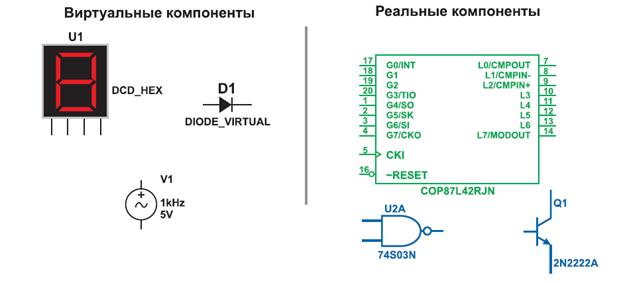The Anglo-Saxon dialects
Britain became divided into seven kingdoms: Kent, Sussex, Essex, Wessex, Mercia, East Anglia, and Northumbria which were constantly at war with one another. Four dialects were spoken in these seven kingdoms: · the Northumbrian dialect was spoken by the Angles who lived to the north of the river Humber, in the north-east of England; · the Mercian dialect was spoken by the Angles who lived between the river Humber and the Thames; · the West-Saxon dialect, or Wessex, was spoken by the Saxons who lived to the south of the Thames; · Kentish dialect was spoken by the Jutes. The language of Scotland, Ireland and Wales remained Celtic. The 7th century was the century of Northumbrian supremacy. The king of Northumbria Edwin extended his domain to the river Forth and built his stronghold there which he called Edinburgh. He was an early convert to Christianity and very soon Northumbria became a cultural centre. It was here that Caedmon, the first Anglo-Saxon poet, created his religious poem in Anglo-Saxon. The Angles, Saxons and Jutes fought with one another for supreme power; they nevertheless became one nation in the course of a few centuries. The first king to rule over all of them was Egbert, king of Wessex. He was made king at the beginning of the 9th century. Most of the works and documents in Old English that are in existence today are written in the Wessex dialect of Anglo-Saxon. By the time the Angles and Saxons conquered Britain, they had already had letters of their own called ‘runes’ which they carved on stone and wood, but they had no written literature yet, and the stories and poems they made up had to be memorized. Those were brought to Britain, and runic inscriptions made in Britain are still in existence. The Anglo-Saxon Element in the English Vocabulary When in the 5th century of our era the Anglo-Saxon tribes came to Britain, they brought their dialects, which we now refer to as Old English and which formed the foundation for the ultimate development of Modern English. The Anglo-Saxon element is still at the core of the language. Native words stand for fundamental things and generally express the most vital concepts, for example: - actions: go, say, see, find, love, hunt, eat, sleep; - everyday objects: food, fish, meat, milk, water; - names of animals and birds: sheep, bull, ox, fowl; - natural phenomena: land, sun, moon, summer, winter, sea; - geographical concepts: north, east, west, northward, northwest, way; - names of persons: man, woman, father, mother, son; - qualities: long, short, far. The native stock of words includes modal and auxiliary verbs (shall, will, be), pronouns (I, he she, you), prepositions (at, on, of, by), conjunctions (and, which, that, but), articles (a, an, the), most of the numerals (one, ten, fifty, the third). These words are characterized by: a) plurality of meanings; b) great word-building power; c) combinative power in phraseology. But a number of Anglo-Saxon words were irrevocably lost. Many of those words denoting things no longer in use dropped out of the vocabulary, such as, for instance, names of weapons no longer used, garments no longer worn, customs no longer practiced, etc.
|




